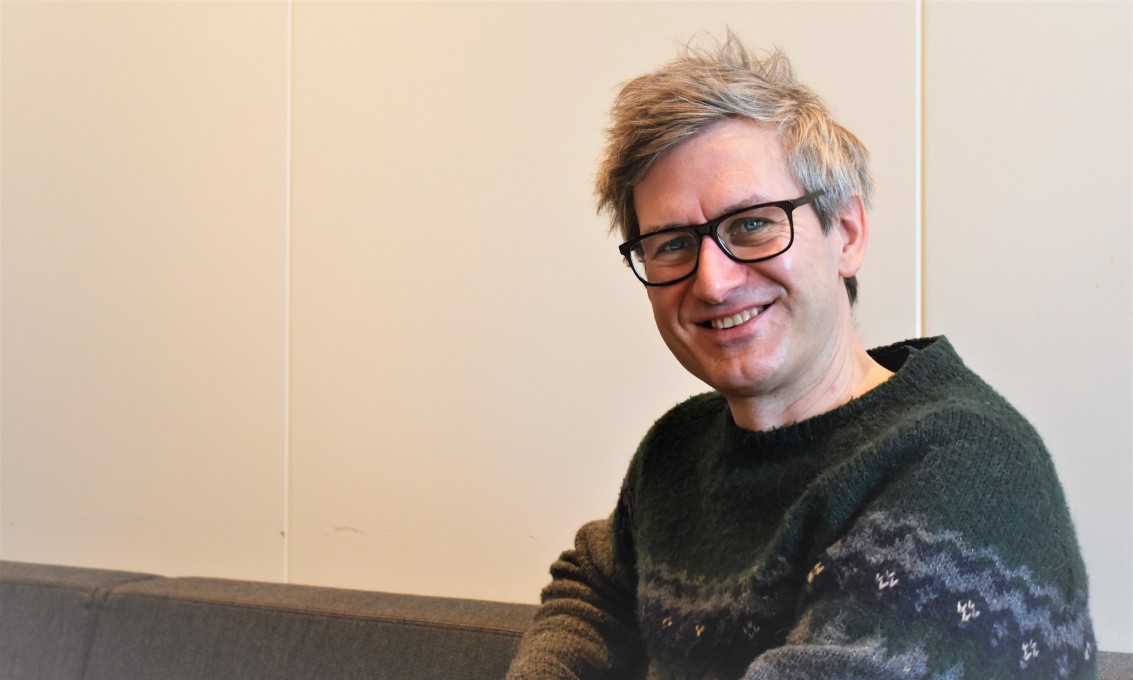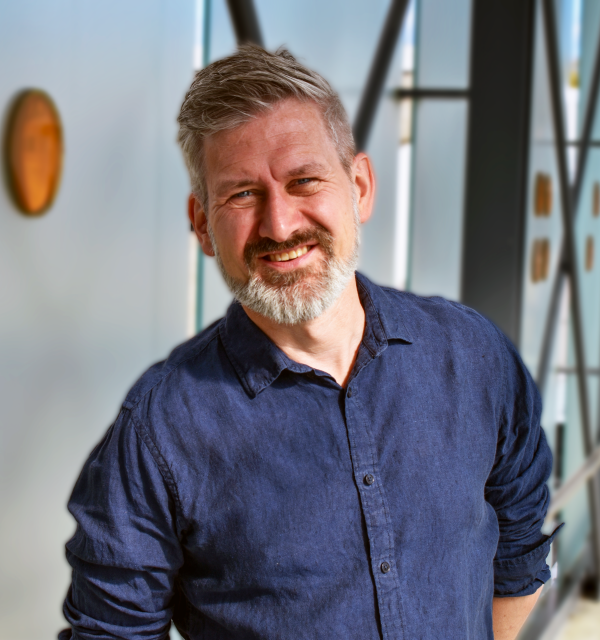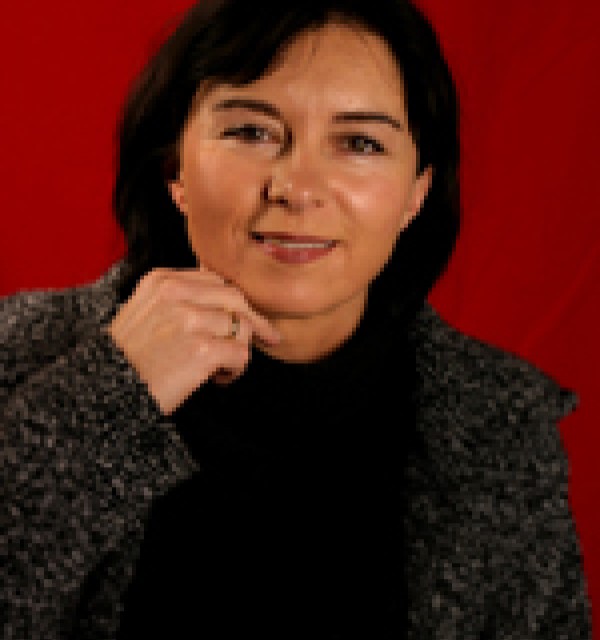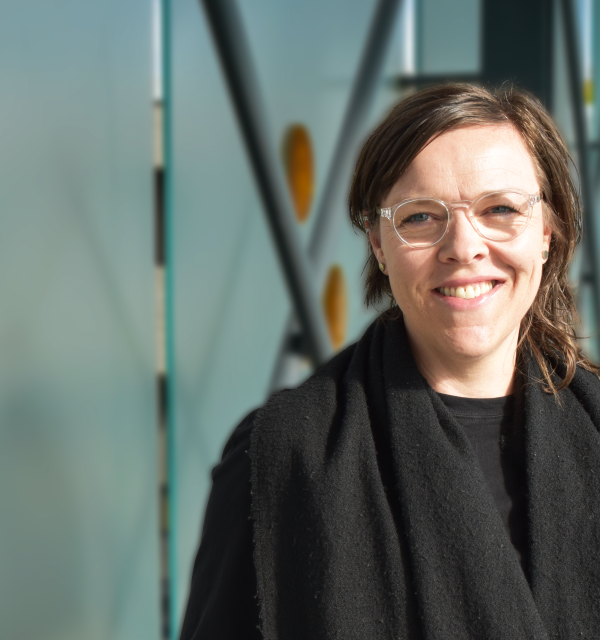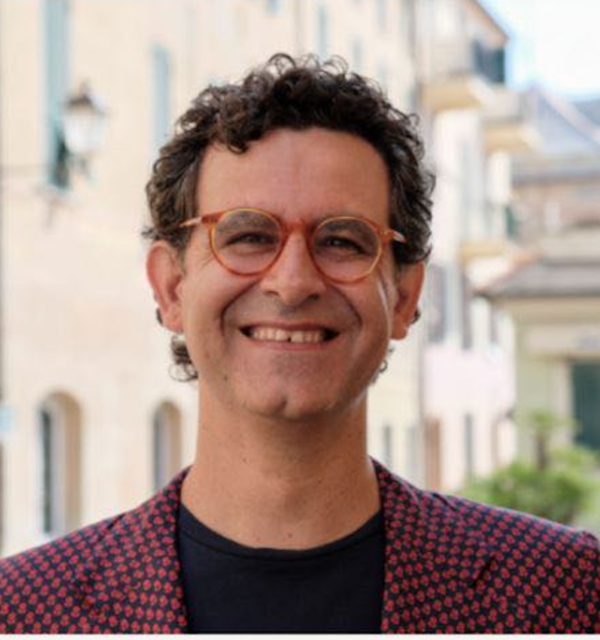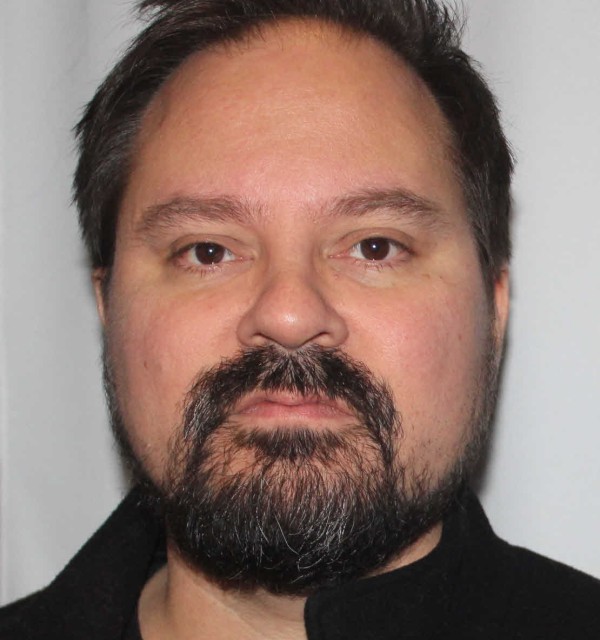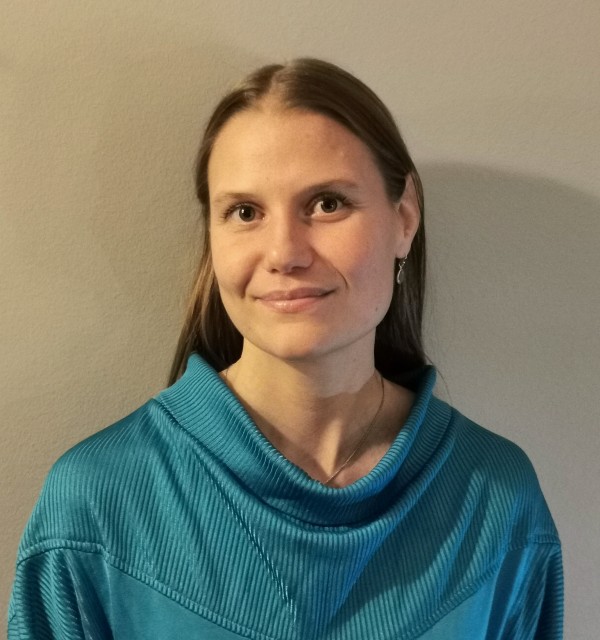Cultural sociology studies the repertoires of meaning and interpretation that people deploy when they navigate everyday life, work life, lifestyles, family, and civil society. The research group explores the significance of micro interaction.
Professor Anders Vassenden
2020
We argue for an “interaction turn” in the study of culture
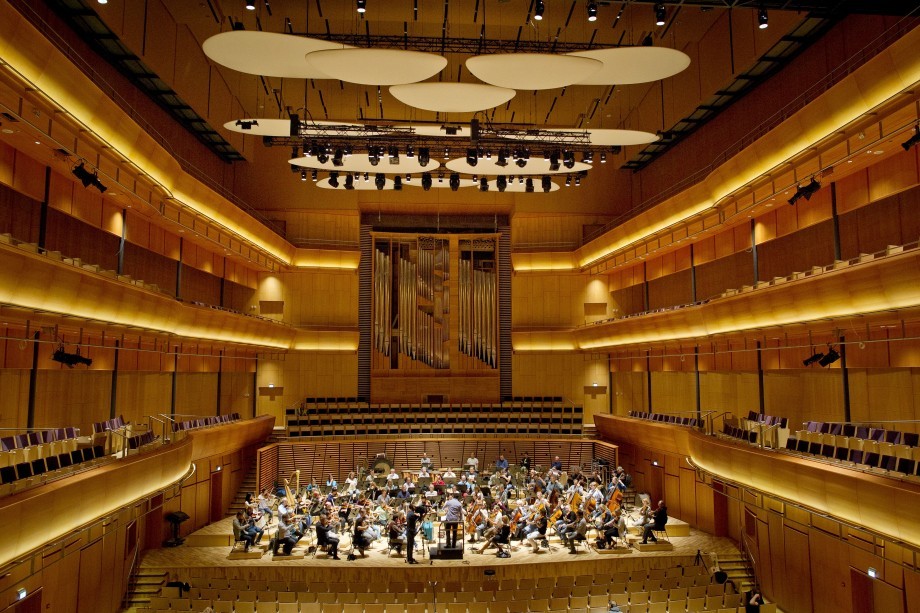
About the project
Cultural sociology is fast-growing sub-discipline in sociology. With their own approach, The Interactionist Cultural Sociology Group argues for an “interaction turn” in the study of culture. This means that our group is particularly interested in the aspects of cultural phenomena that depend on micro-interactions, and how the use of broader cultural repertoires arise "from the bottom-up" and in the context of interaction. Theoretically, we follow the lineage of scholars like Émile Durkheim and Erving Goffman, and our work primarily relies on qualitative methods – ethnography and interviews – to address questions like the following:
- What is the role of temporal social interaction when a symphonic orchestra rehearses a Thursday evening concert?
- What is the significance of friendships for cultural producers?
- What is the role of social interaction as such when highly educated Norwegians tone down cultural capital in encounters with other people?
- How does fun build communion while establishing boundaries?
- What happens when fun and cruelty are linked, valued in the group, but rejected outside?
The Interactionist Cultural Sociology Group was established autumn 2020, and it regularly arranges open seminars where participants and invited speakers present publications and ongoing research.
Research group
Selected Publications
On methods
- Vassenden, Anders; Mangset, Marte (2022) Social Encounters and the Worlds Beyond: Putting Situationalism to Work for Qualitative Interviews. Sociological Methods & Research. DOI: 10.1177/00491241221082609
- Aspers, Patrik and Ugo Corte. 2019 “What is Qualitative in Qualitative Research.” Qualitative Sociology 42:139–160. https://link.springer.com/article/10.1007/s11133-019-9413-7
- Aspers, Patrik and Ugo Corte. 2021. “What is Qualitative in Research.” Qualitative Sociology 44: 599–608. https://link.springer.com/article/10.1007/s11133-021-09497-w
On substantive topics
- Handulle, A., & Vassenden, A. (2023). Transmission of child removal stories Among Norwegian Somalis: An interactionist analysis of ethnic minority parents’ fears of child welfare services. Acta Sociologica, 0(0). https://doi.org/10.1177/00016993231177548
- Vassenden, Anders and Ingrid Rusnes (2022) “I Say I Work at the University”: Norwegian Professors and Passing as Interaction Ritual. Symbolic interaction 45(3):327-355 https://doi.org/10.1002/symb.583
- Fine, Gary Alan, and Ugo Corte (2022). “Dark Fun: The Cruelties of Hedonic Communities.” Sociological Forum 37( 1): 70-90. 2022 https://doi.org/10.1111/socf.12779
- Corte, Ugo (2022) Dangerous Fun: The Social Lives of Big Wave Surfers. Chicago: University of Chicago Press. https://press.uchicago.edu/ucp/books/book/chicago/D/bo161019874.html
- Anders Vassenden and Merete Jonvik (2019) “Cultural Capital as a Hidden Asset: Culture, Egalitarianism and Inter-Class Social Encounters in Stavanger, Norway.” Cultural Sociology. 13(1):37-56 https://doi.org/10.1177%2F1749975518782244
- Merete Jonvik (2020): «Eit skilt som prøver å vera eit skilt.» Nordic Journal of Art and Research 9(1) https://doi.org/10.7577/information.3913
- Gary Alan Fine and Ugo Corte (2017) “Group Pleasures: Collaborative Commitments, Shared Narrative, and the Sociology of Fun.” Sociological Theory 35(1):64-86 https://doi.org/10.1177%2F0735275117692836
- Vassenden, Anders and Merete Jonvik (2020) “Photo Elicitation and the Sociology of Taste: A Review of the Field, Empirical Illustrations, Arguments for A ‘Return to Photography’” The Sociological Quarterly. https://doi.org/10.1080/00380253.2020.1834464
- Parker, John N. and Ugo Corte (2017) “Placing collaborative circles in strategic action fields: Explaining differences between highly creative groups.” Sociological Theory 35(4):261-287. https://doi.org/10.1177%2F0735275117740400
